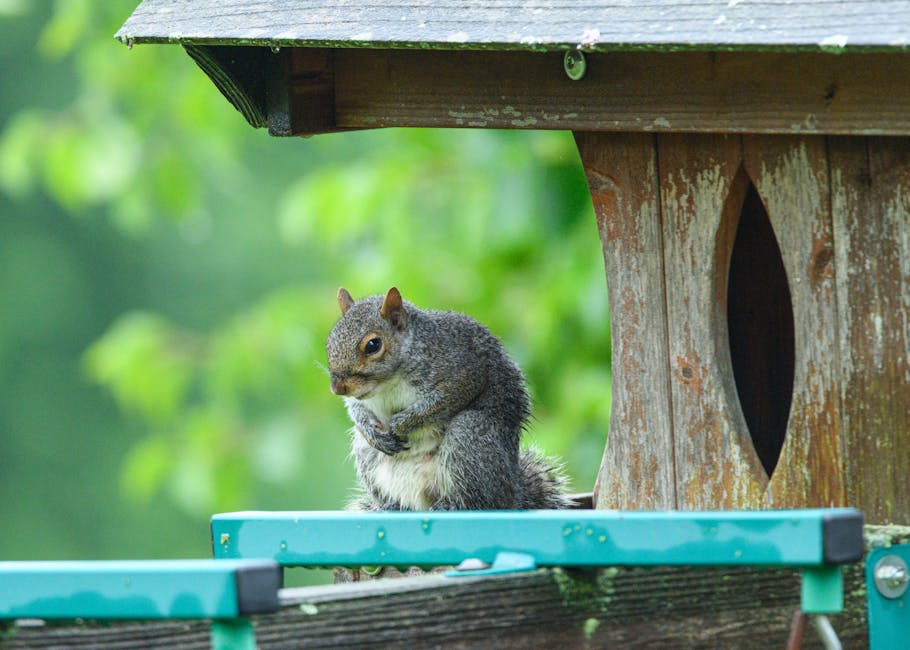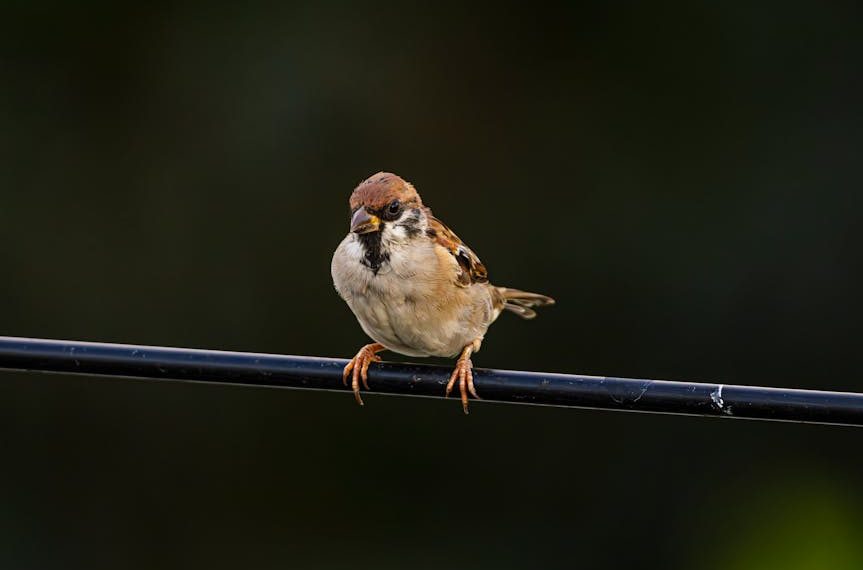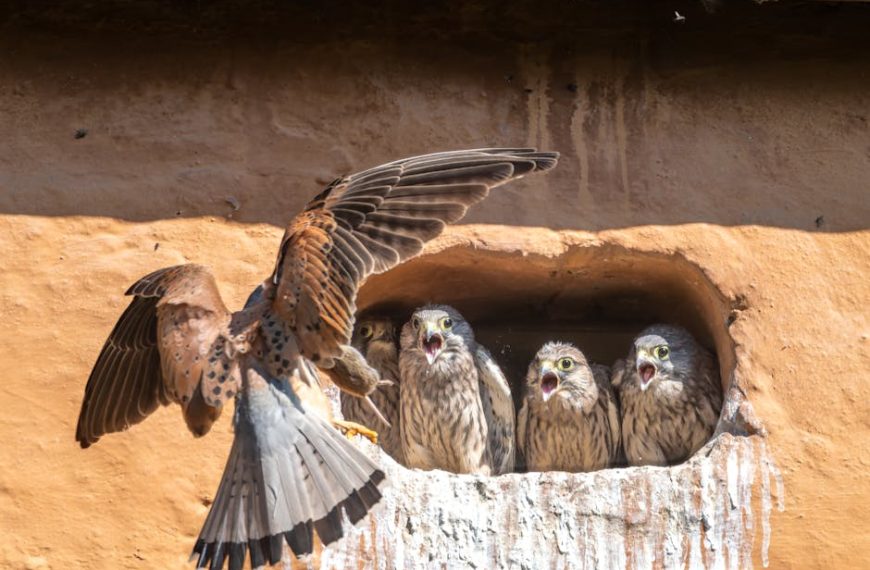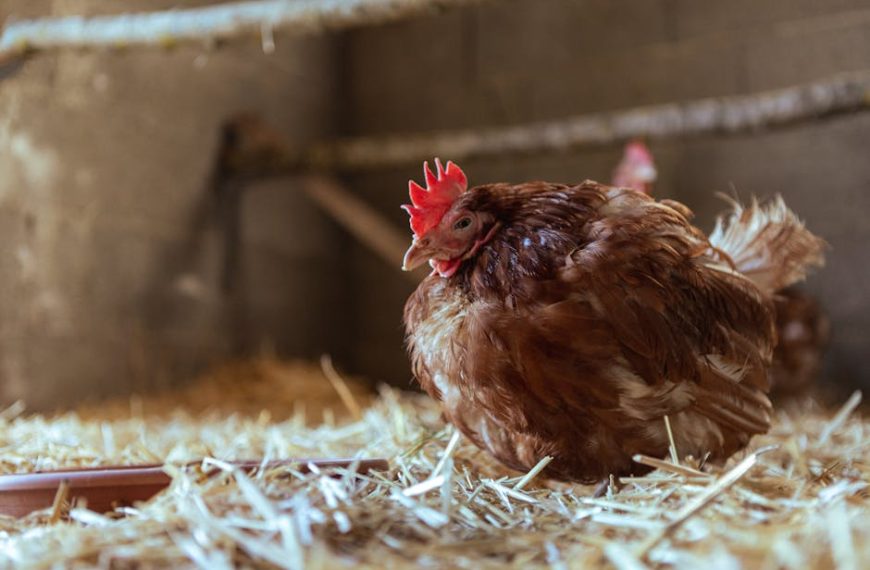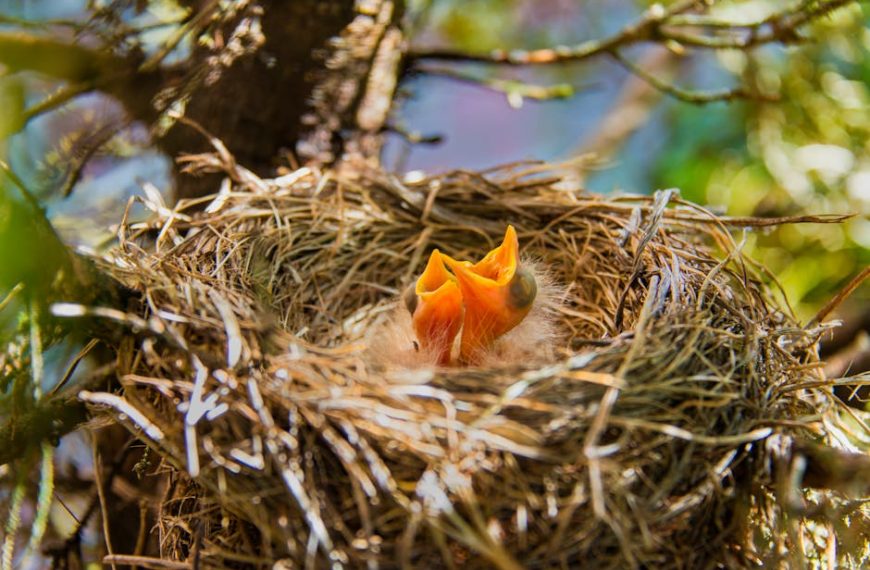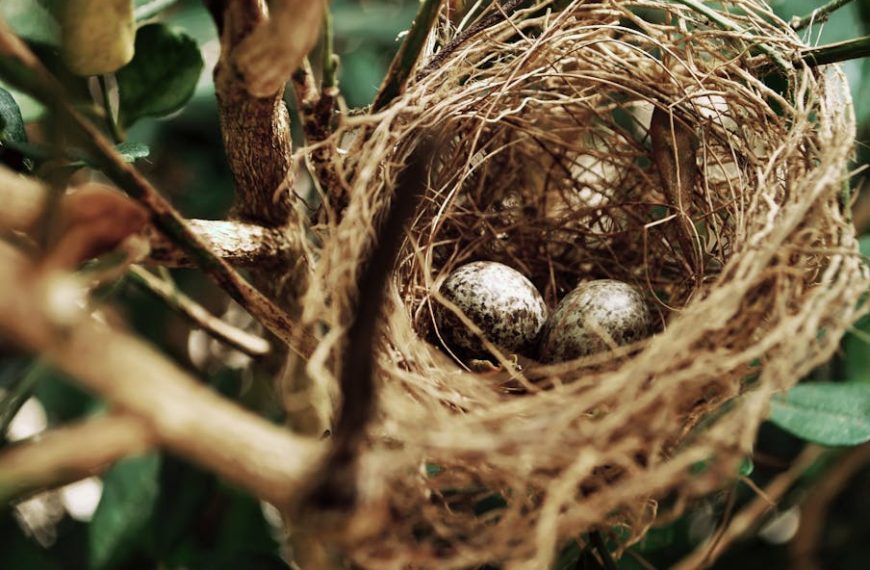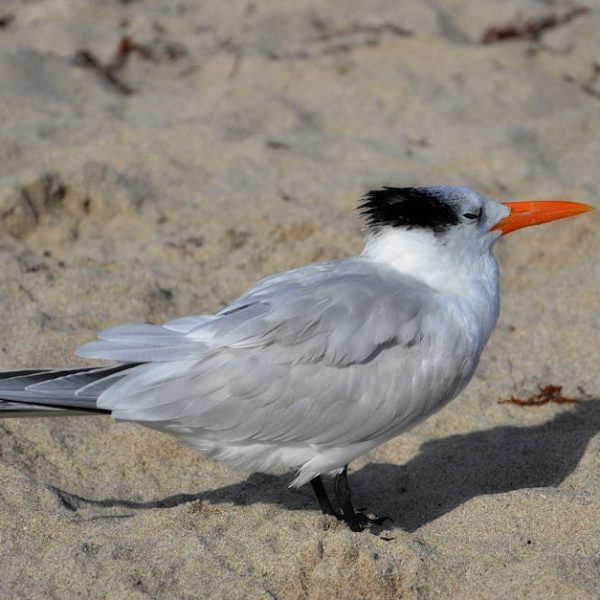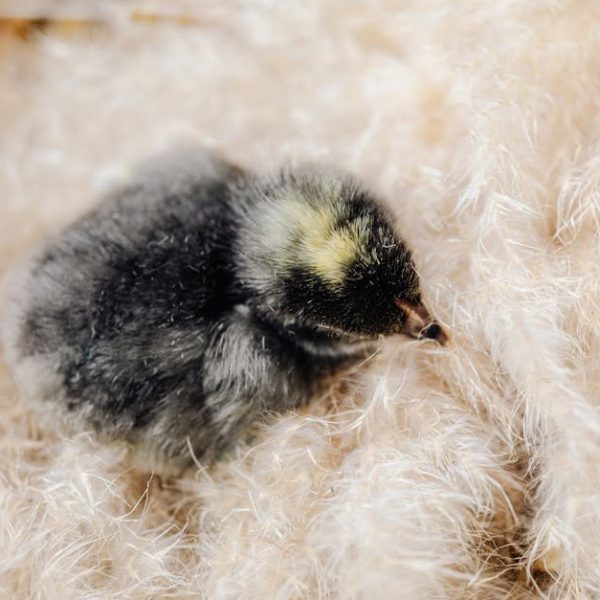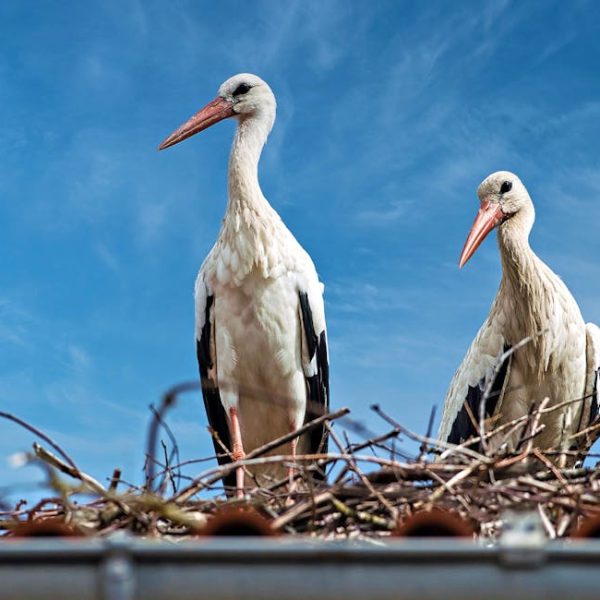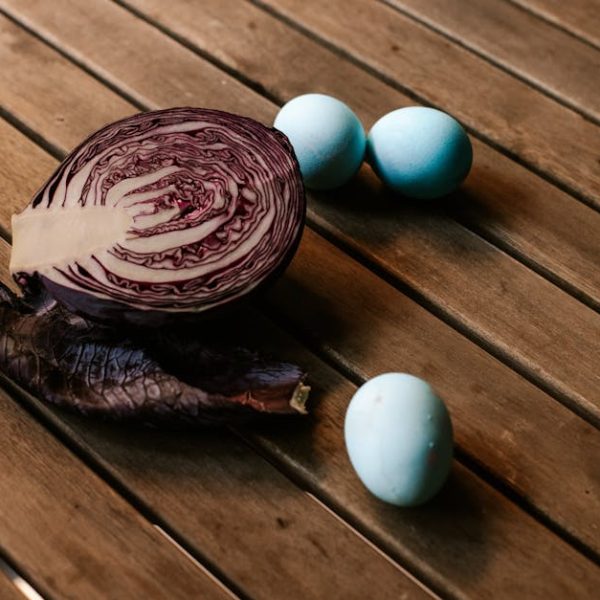Welcome bird enthusiasts! If you’re interested in avian behavior and preservation, then sit tight as we delve into the fascinating world of birds that thrive in gourd homes. From humble wrens to vocal sparrows or acrobatic nuthatches, a remarkable array of birds make their homes in natural and man-made gourds. We are going to uncover a few of these feathered inhabitants and provide crucial insights about how you can make your backyard a sanctuary for these wonderful creatures.
Purple Martins: Skilled aerial insectivores
Let’s take flight with our first bird, the Purple Martin. These agile flyers are not just a pleasure to watch in action, but they play a significant role in controlling the insect population, as they predominantly feed on flying insects. Seasoned Purple Martin watchers will know that they are quite the travelers, migrating to the tropics during the winter months. When it comes time to building nests, they opt for gourds, whether naturally hollowed or artificial.
But why do Purple Martins favor gourds over other places to nest? There are a few reasons for this:
- Predators: The narrow entrances of gourds prevent the intrusion of predators, giving these birds a safe and secure environment to nest.
- Weather: The gourds also provide insulation against elements and changing temperature.
- Socialization: Purple Martins have a nature of colonies and nesting in such locations fosters community nesting behavior.
Are you looking to lure Purple Martins to your backyard? A noble intention indeed. With a high mortality rate in their first year due to lack of proper nesting zones, you’re essentially providing a lifeline to these stunning birds. Make sure to place the gourds high up (about 12 to 20 feet above ground), as Purple Martins prefer an open, clear flight path to their nests.
House Wrens: Small birds with powerful songs
Next up are the House Wrens, tiny birds known for their mellifluous and power-packed songs. Don’t be fooled by their size – these birds are territorial and will fiercely defend their nests. They are prolific builders, often creating multiple decoy nests to confuse predators. Diverse in their choice of nesting spots, House Wrens have been known to occupy anything from tree cavities to gourd birdhouses.
What makes gourd birdhouses preferable to these small singers? Here’s the spec:
- Secure location: The round, enclosed structure of a gourd birdhouse provides safety from predators and weather elements, just like tree cavities.
- Ideal size: House Wrens are small birds, and the compact size of a gourd birdhouse offers a snug and cozy nest.
- Building material: The soft inner walls of gourds make it easier for House Wrens to modify and construct their nests.
If you’re planning to attract House Wrens, patience is a virtue. Typically, they will inspect a potential nesting site thoroughly before making a decision. Avoid interfering with their selection process, but do ensure that the gourd is well-ventilated and clear of pests. In the end, your reward will be seeing these birds make your backyard their home, and their captivating songs will be the ideal soundtrack to your summer memories.
Carolina Chickadees: Gourd dwellers
Ever heard a ‘chick-a-dee-dee-dee’ echoing from your backyard? Chances are, you’ve been graced by the presence of the quaint Carolina Chickadee. These friendly and inquisitive songbirds are a treat to watch, known for their acrobatics and sociable behavior. What’s more exciting is that these birds have an affinity for making their nests in gourds, with the wild ones choosing hollowed-out versions in nature.
Why would such versatile birds choose gourds as nesting grounds?
- Safety: Like its other feathered companions on this list, the Chickadee also seeks the safety that gourds provide from predators.
- Camouflage: The natural color and look of a gourd can serve as perfect camouflage against potential threats.
- Nesting Material: Gourds, especially natural ones, provide plenty of material for Chickadees to carve and design their preferred type of nest.
Eager to welcome Carolina Chickadees to your backyard? Consider the following tips:
- Place the gourd nesting box well above ground, ideally around 5-15 feet high, in a shaded area.
- Hollow out the inside of the gourd and include a small, upward hole for the Chickadees to enter.
- Be patient, as these birds may take their time selecting the perfect nesting spot.
Sparrows: World’s most widespread birds
Not much introduction is needed for Sparrows, these birds are common visitors to many of our backyards. With their cheery chirping and bustling behavior, it’s hard not to love these little creatures. What’s truly interesting though, is how these birds come to form strong bonds with gourd birdhouses.
Why do sparrows consider gourds over other nesting options? There are pros and cons witnessed over time:
Pros|Cons
-|-
Protection from predators and harsh weather conditions. | Sparrows prefer to nest near human habitation, which can be problematic for those living in densely populated areas.
Suitable for colony nesting, which is a trait of some Sparrow species. | They can be territorial which leads to less hosting capacity for multiple Sparrow families.
Easy to monitor and clean by the birdwatchers or the garden owners. | Chances of internal heat conservation can be higher in peak summers and might require proper ventilation.
Ready to give Sparrows the perfect gourd home? Leave a small entrance, face the birdhouse towards the north or east to avoid direct sun, and place them relatively close to the ground.
Brown-Headed Nuthatches: Acrobats of the bird world
Lastly, let’s turn our attention to the Brown-Headed Nuthatches. These dexterous birds, easily recognizable by their namesake brown heads, are renowned for their impressive acrobatics. They are quite adept to using gourds for their nests, considering the following advantages:
- Secure & Isolated: Gourds can provide a safe, isolated, high-above-positioned home.
- Shelter: Gourd interior keeps Nuthatches warm in winter and cool in summer.
- Easy to fix: Their ability to hold and use tools allows them to easily modify gourd interiors.
Excited to witness their acrobatics firsthand? Then consider these steps when setting up their gourd dwelling:
- Ensure the gourd is hung high and in a tree as they prefer top level logging spots.
- Tilt the gourd slightly for the water to drain out during rains.
- Regularly clean the birdhouse as Nuthatches don’t clean their nests themselves.
Conclusively, it’s a joy to watch these amazing birds make gourds their dwelling. From the nimble Purple Martins to the adroit Brown-Headed Nuthatches, every bird brings uniqueness to our backyards. Remember, providing them with an attractive gourd birdhouse doesn’t just benefit them, but enhances our own enjoyment of birdwatching solely. Happy birding!
Key Takeaway:
- Various bird species such as Purple Martins, House Wrens, Carolina Chickadees, Sparrows and Brown-Headed Nuthatches prefer gourd nests.
- Gourd nests provide these birds with protection from predators, harsh weather, and offer a sense of community through colony nesting.
- Each bird species has its unique preferences, behaviors, and needs when it comes to nesting in gourds.
- Bird enthusiasts can play a pivotal role in avian preservation by creating and maintaining gourd birdhouses, thereby making their backyards attractive to these bird species.
Every bird, from the nimble Purple Martins to the vigorous House Wrens, brings a unique flavor to your backyard. By simply investing some time, effort, and love into creating and maintaining gourd birdhouses, you can do your part in avian preservation and add some extra charm and vitality to your outdoor space. It’s a two-way delight that benefits both our feathered friends and bird-loving humans equally.
FAQs
Q: Is it safe to put up gourd birdhouses near my home?
A: Absolutely! Gourd birdhouses not only provide comfort to various bird species but also contribute to enhancing biodiversity in your vicinity. Having various species of birds near your home can reduce pests and provide a delightful birdwatching experience.
Q: How can I clean a gourd birdhouse properly?
A: Cleaning a birdhouse involves removing old nesting materials and sanitizing the interior. Use mild soap, hot water, and a brush to scrub the inside. Afterward, rinse thoroughly and leave it to dry completely before it’s ready for a new inhabitant.
Q: Do all bird species like gourd birdhouses?
A: While many bird species see the appeal in gourd birdhouses, not all birds prefer them. Some species prefer other types of nests or have specific nesting requirements. Therefore, it’s essential to research the preferences of the bird species native to your area.
Q: How often do I need to change the gourd in the birdhouse?
A: The lifespan of a gourd birdhouse depends on several factors, such as how well it was cleaned and treated before being set up, the weather conditions, or how much it has been used by birds. Regular checking and maintenance can help determine when a replacement is needed.
Q: What is the best time to put up gourd birdhouses?
A: It’s ideal to put up birdhouses just before the breeding season begins. For many North American birds, this means very late winter or early spring. Remember to take into account differences among species and locations.
Feel free to share this article with others who might find it helpful and don’t forget to explore more posts on our website. You never know what you might discover next!
